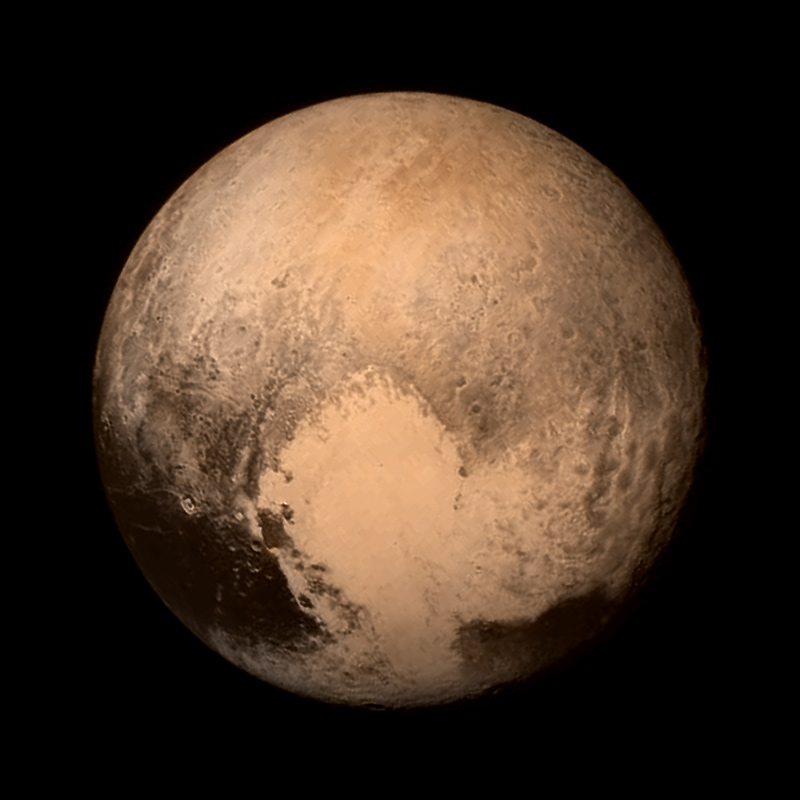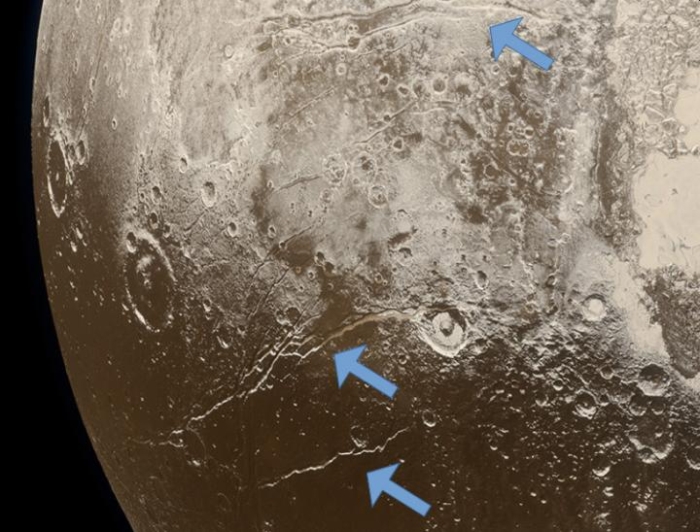Pluto is Frozen, Or is it?
Pluto was analysed with much ease after the launch of New Horizons Probe in 2015. Pluto’s surface, temperature, structure, composition, and many more properties were studied in depth later. It is located at approximately 5.9 billion kilometres from the Sun, almost 5 times that of Earth.

Therefore, temperatures are around
-250oC. Like everyone, scientists thought
that the planet would have been frozen completely, until New Horizons Probe
said a different thing.
Underneath
the ice layers, Pluto still possesses some large Liquid Oceans. This was a
mystery to all scientists. They came to different conclusions. Once such
claimed that Pluto would have formed quickly, that it possessed a lot of heat
inside it, which could be enough to keep the ocean liquified for more than 5
billion years. Since the oceans were under the surface, this could be the
reason.
This may also
nominate Pluto to be the only Planet in the Kuiper belt to contain liquid
oceans. But scientists say that this is inconsistent with regards to the
surface of Pluto. If it started too cold instead, then the ice below would melt
and radiate heat into the water, hence maintaining its liquid form. This would
also result in compressions of the surface. Else, if it started too hot, then
that heat would have liquefied the ice. Also, it would result in expansions of
surface.
Scientists
claim that from the observations of the New Horizons, there were a lot of
evidence of expansions, but not compressions. So they finalized at Pluto
starting with liquid oceans.

These
extension lines are not alone the reason for the Hot-Start. If it did, Pluto
would have been expanding rapidly for 1 billion years, followed by a slow
expansion for 4 billion years. But, in a Cold-Start situation, the second phase
is also going to be an expansion, but the first one is going to a compression. So,
to determine which one happened, Scientists examined the surface and finalized with
a Hot-Start.
Next matter
they had to deal with was how Pluto had liquid oceans and the heat at the beginning.
They also stated that if Pluto formed slowly, then most of the heat gets
radiated into space. Else, if it formed rapidly, the heat gets trapped inside,
resulting in consistent radiation, which maintains the temperature of the
liquids.
So that was
how Pluto formed, maybe. It’s a big maybe, because if it did have a hot start,
then there should be no clear evidence of Rock-Rich Carapace in the surface of
Pluto. This was found in Ceres. Research is still going on about the surface of
Pluto. So that’s it for this post, see you in the next post with another
exciting news! Farewell!

Awsm bro
ReplyDelete